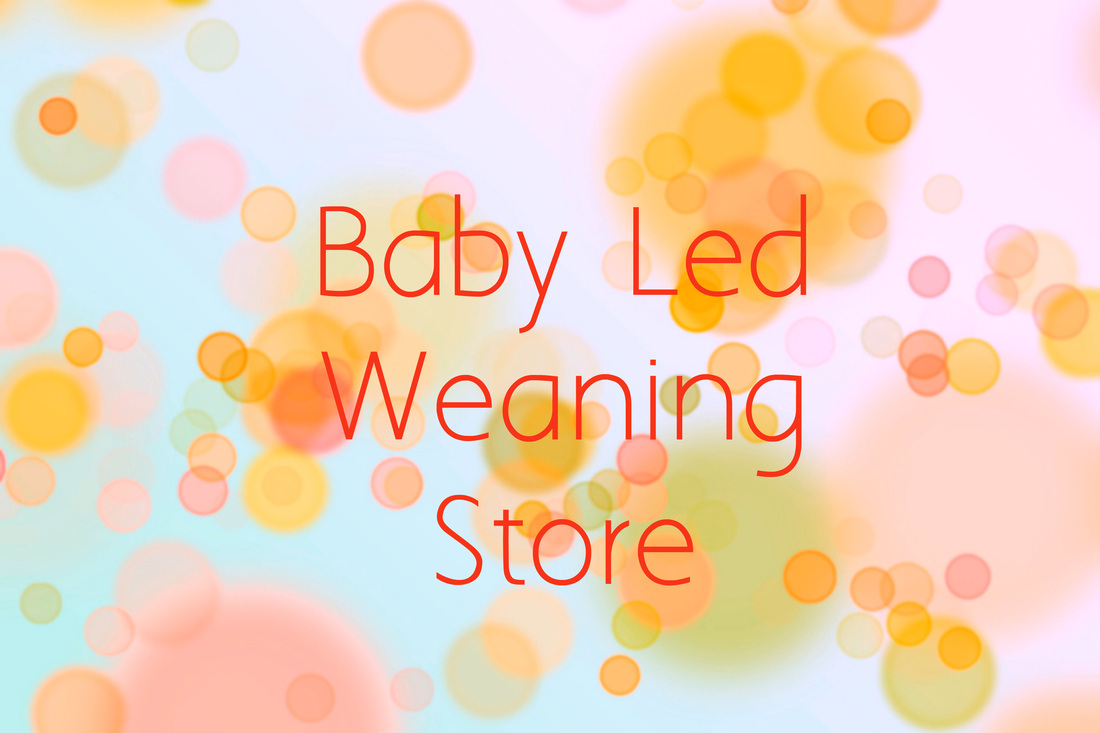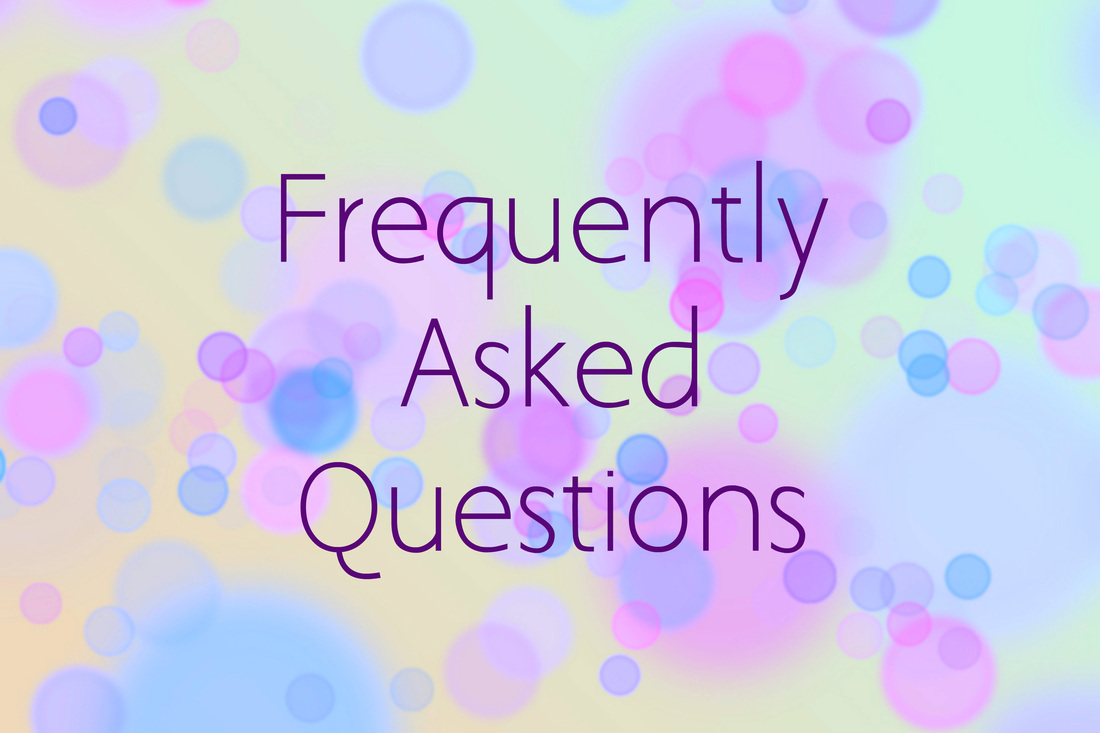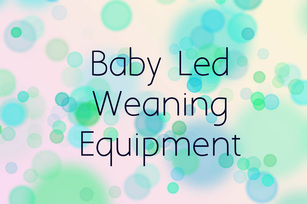What is Choking?
It is important to know that your child can choke on food, toys and even their milk but it is largely avoidable if you follow certain safety measures such as:
- Avoid high risk foods (see below)
- Never leave a young child to eat unsupervised
- Never introduce solids to a child who is under 4 months (6 months for BLW)
- Ensure your child eats sitting down and is focussed on eating- turn the TV off etc
- Attend a First Aid Course or educate yourself on First aid using YouTube Videos and free Online resources
- Know the difference between gagging and choking
- Avoid high risk toys like marbles, popped balloons and small toys
When a choking, a child's airways are blocked so they will be silent, may change colour and will look wide eyed and very scared. They may flail their arms and legs to alert you but will not be able to make a sound. If your child is making noises, making retching gestures or coughing and spluttering they are more likely gagging and should be left to deal with the food themselves. Choking on the other hand requires immediate attention.
What is Gagging?
| Gagging is often confused with choking and tends to cause panic in new parents but this fear is not necessary. Gagging is actually totally normal and to be expected when a child begins to eat solid food. Quite the opposite of choking, gagging is the body's defence mechanism against choking. Gagging is caused when a baby either has too much food in their mouth or if the food starts to go too far back before they have chewed and broken it down sufficiently. Inside the mouth there is an area known as the gag reflex. When an object touches the gag reflex we gag to remove the object from our mouth and thus prevent ourselves from choking. In babies the gag reflex is much further forward than in adults, the body's way of offering extra precaution. So, as you might expect your baby is likely to gag when you introduce solid foods as they are learning to eat, learning to chew and how to move food around their mouth and swallow. Gagging will pass but until it does remember this is a normal part of learning to eat and it is your child's way of preventing choking. In other words it's a good thing. Gagging looks considerably different to choking. Your child will make noises- gagging noises and may look uncomfortable or annoyed more than terrified. The noises signal them moving the food around and out of their mouth. If you hear noise remember their airways cannot be blocked and so they are not choking. | This YouTube video gives a great example of a baby gagging. She makes noises and you can see her getting the food up. She doesn't look too distressed and as soon as she finishes gagging she picks something else up to eat. Get a Free First Aid Guide from St John Ambulance! |
What Can I do if My Baby is Gagging?
You should stay next to your child and offer them calm words of support but do not try and remove the food for them. Remember they are learning to eat and this is all part of their learning. Once your baby has successfully removed the offending food you can offer them a sip of water or milk.
Some babies may be a little distressed after a gagging experience but many simply carry on eating, not bothered at all, whilst you are having a semi nervous breakdown!
What Can I do if My Baby is Choking?
| A baby who is choking requires immediate assistance. A child over one can have the Heimlich Maneuver performed on them ( see box on the left). Under ones should be held face down with their head lower than their body. Give five firms thumps on the middle of their back using the heel of your hand. Turn them over and give five jabs near the ribs. Repeat this three times. If the food does not dislodge, your baby becomes unconscious or you are concerned for any reason call 999/911. (See the excellent YouTube Video below for a more detailed demonstration of what to do) It can be temtping to try to put your fingers inside your baby's mouth to dislodge the food but this is no longer recommended as you can push the food further down thus making the choking worse. Also if the food was in the mouth your baby would be gagging- choking is caused by food or other objects getting lodged in the airways. |
First Aid Advice for Choking Baby
Am I Putting My Baby at a Higher Risk of Choking if I do Baby Led Weaning?
| Put simply no. Baby Led Weaning is not for children under the age of 6 months- and that is the earliest you would start. You should really start Baby Led Weaning when your child is over 6 months and demonstrating all the signs of readiness. Can your baby sit unaided? Are they showing interest in your food? The risk of choking would be higher if you started your baby at 4 months but as you cannot do Baby Led Weaning with children this young then that is not an issue. |
Babies can choke on many things- one of the most common causes of choking in infants is breast or formula milk. Now if a baby can choke on milk why would anyone assume that eating purees is in some way a lower risk of choking?
Indeed many proponents of Baby Led Weaning argue that the method may lower the risk of choking since in Baby Led Weaning the child is in full control and can bite off pieces that are manageable to them. With traditional weaning a spoon is simply filled and put in their mouth by someone else.
Secondly, with Baby Led Weaning, the baby learns that you have to chew food then swallow it. A baby who is weaned on purees learns only to swallow then after a few months is introduced to solid food and has to relearn how to eat to avoid choking- Oh by the way now you have to chew then swallow. Since a traditionally weaned baby is used to swallowing food without chewing it they may be at a higher risk of choking when they start finger food.
Running around whilst eating is another cause of choking- again not exactly a problem for your 6 month old.
If you examine the foods that are high choking risks you also see that Baby Led Weaning is not going to pose a higher risk than Traditional Weaning. One of the main causes of choking in children is boiled sweets. Now no one is going to offer boiled sweets as part of Baby Led Weaning!
Baby Led Weaning is seen as a fairly newfangled method but it is really the oldest method of weaning. Baby Led Weaning is what people in remote parts of the world do and it is what people used to do in the past -like in the days before people could buy special baby blenders and food mills! . Really the method is going back to the natural way of eating.
And remember, even if you do Traditional Weaning you are going to be offering solid foods at some point down the line- usually around 10 months. 10 month old babies are just as much at risk of choking as 6 month old babies so unless you plan to withhold solid food forever there is no reason to not start with Baby Led Weaning and teach your baby the correct way to eat from the start!
Spoon Fed Babies Gag Too!
Choking Facts and Figures
| The risk of choking is very low- much lower than the perceived threat of choking. In 1999, 16000 people were treated for choking in the UK. Only 2600 were children under the age of 4. Out of that 16000 only a relatively small number were fatal- 218 died by choking on food and 55 died from choking on non-food objects. Of those that died around 50% were aged 75 or over. As you can see therefore, choking is a much higher risk in the elderly than it is in children. In recent years, three high profile incidences of children dying from choking have made the news (UK). One was from a feel and explore exercise at a nursery where a child choked on a jelly cube; one was of a boy at nursery who was eating a sausage that had been cut up small and the third was of a 9 month old being spoon fed mashed up Shepherd's Pie, again at nursery. No one would offer a jelly cube as food so that is not a concern for Baby Led weaners. Shepherd's Pie is just as likely to be offered as a traditional weaning dish, and if offered in Baby Led Weaning the baby would be feeding and controlling it herself. Finally the little boy who choked on the sausage was two years old so way past the age of weaning. In the USA, in 2006 there were 141 choking fatalities in children, only 61 were food related. In fact the leading cause of choking deaths in children under 14 is latex balloons. | High Risk Choking Foods |
How Can I Minimise the Risk of Choking When Doing Baby Led Weaning?
| Remember, whilst Baby Led Weaning poses no greater threat of choking, your child could still choke- on solid food, puree, milk, toys etc. With that in mind it is a good idea to know what you can do to minimise the risk of your child choking. Here are some tips:
|
- Ensure your baby is seated, ideally at the table or in a high chair for meals
- Choking is usually caused by too much food being mulched together and blocking the airways or the shape of the food acting like a plug. Cut food so it is not able to act like a plug- chop grapes and cherry tomatoes in half- cut sausages in half length ways so they are more like spears than tubes etc
- Don't cut food up into little pieces as they are more likely to accidentally be inhaled back or get lodged. With Baby Led Weaning bigger is better (within reason of course!) so baby can pick it up and bite chunks off. Think a large chip or wedge size
- To start with avoid hard fruits and veggies by steaming or roasting them- steam apple slices don't give them raw for instance
- When you want to graduate to hard raw fruit and veggies give the whole fruit or veg so they can bite off what they can manage- a whole apple or a whole carrot for instance. You could also offer it grated if you are still nervous
- Don't offer them boiled sweets- just don't
- Whole Nuts and popcorn are also high choking risks and should be avoided until your child is five.
- Do a First Aid Course or Educate Yourself using YouTube videos and free online resources.
- Go through the basics covered in this article with anyone who is going to be looking after or feeding your child.
Download this Article as a Free PDF Leaflet!
| choking_vs_gagging.pdf |
Sources:
- BBC News - Health- Choking
- Infant Choking- How to Keep Your Baby Safe- Mayo Clinic
- Child died Choking on a Sausage at Nursery- Telegraph
- Toddler Choked to Death on Jelly Cube- Standard
- Why did my baby choke to death as nursery staff fed her shepherd's pie? - Daily Mail
- Top Ten Choking Hazards for Children- Livestrong
- Risk of Death from Choking: A Perspective
- Choking on a Hotdog- Stats.org
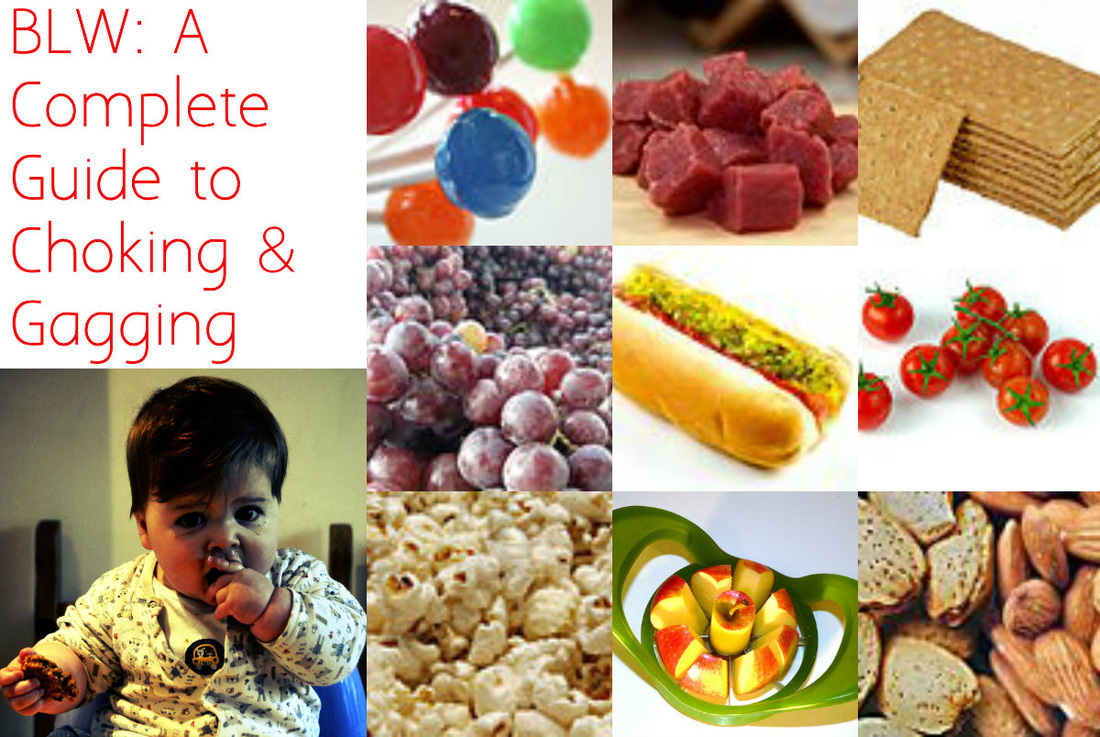
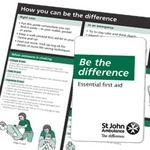
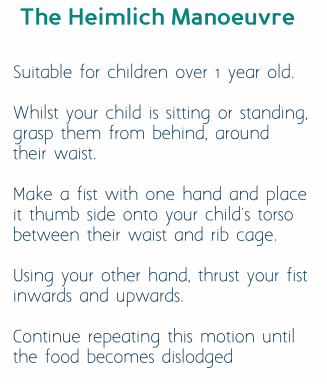
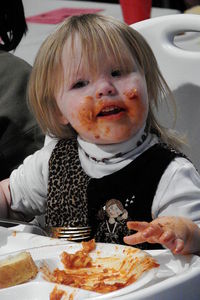
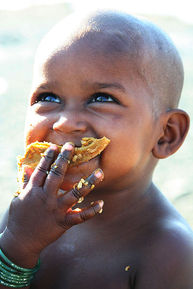
 RSS Feed
RSS Feed

